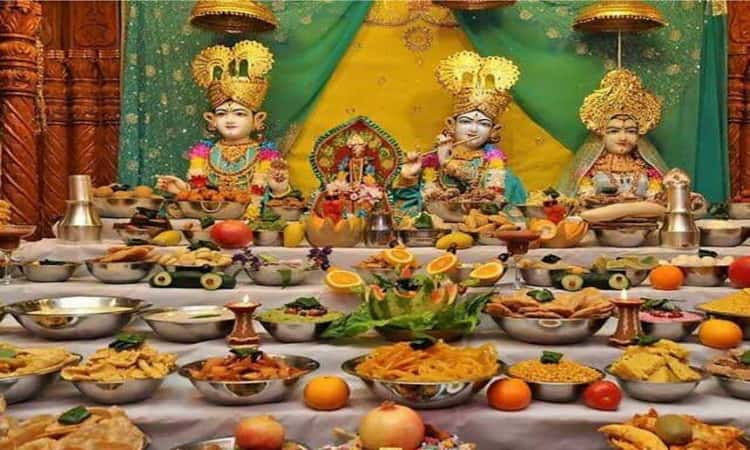In Rambrahma Chatterjee v Kedar Nath Banerjee (1922)[1], the respondents instituted a suit for a declaration that they were entitled to participate in the bhog offered to three idols which were consecrated by the common ancestors of the respondents and the appellant.
A temple was constructed, and properties were dedicated to the idols. The respondents, as descendants of the founders through their daughters claimed a practice of participating in the bhog and the courts below found that the descendants in the male line had consistently been shebaits.
The question which arose for determination was whether it was competent for the founder to direct that the shebaitship should be vested in the descendants through the son and that the descendants through the daughters have a right to participate in the bhog offering.
The High Court of Calcutta, held as follows:
“…a charitable corporation, in so far as it is charitable, is the creature of the founder…There is no reason why the founder, who is competent to provide for the government and administration of the trust, should not be able to give a direction for its management, which is not inconsistent with its character as a religious and charitable trust…
The test in each case is, whether the direction given by the founder is inconsistent with the nature of the endowment as a religious and charitable trust and is a colourable device for the evasion of the law of perpetuities.”
The court noted that for over two centuries, shebaitship rights had vested in the descendants through the sons and that the descendants through the daughters exercised a right to participate in the bhog offering. In this context, the court held that it would be slow to interfere with the exercise of these rights over a long duration of time without question and a reasonable presumption will be drawn in favour of such a right.
The court noted:
“…There is a fundamental distinction between a gift to a sentient being and an offering or dedication to a deity. Subject to special usages to the contrary, the offerings do not become the property of the officiating priest, but contribute to the maintenance of the shrine with all its rights, ceremonies and charities… It is sufficient to state that the deity is, in short, conceived as a living being and is treated in the same way as the master of the house would be treated by his humble servant.
The daily routine of life is gone through with minute accuracy; the vivified image is regaled with the necessaries and luxuries of life in due succession, even to the changing of clothes, the offering of cooked and uncooked food, and the retirement to rest. The dedicated food, known as bhog, is, after completion of the worship, distributed in charity amongst members of the family as also among guests invited and uninvited; for in the oldest Brahminical writings hospitality is regarded as the discharge of a common debt to humanity and the guest is honoured as a divinity. In our opinion, a direction that the descendants of the daughters of the founder should participate in such a distribution of consecrated food, is in no way inconsistent with the purpose of the endowment.”
The method of worshipping an established deity as a real person is separate and distinct from the conferral of juristic personality in law. Human personality is distinct from legal personality. The court made a reference to the methods of worship performed for an established deity, which is in accordance with the faith and belief of the worshippers.
[1] (1922) 36 CLJ 478
